What Is Carbon Fiber?
This stiff and lightweight composite material is becoming more common in production vehicles.
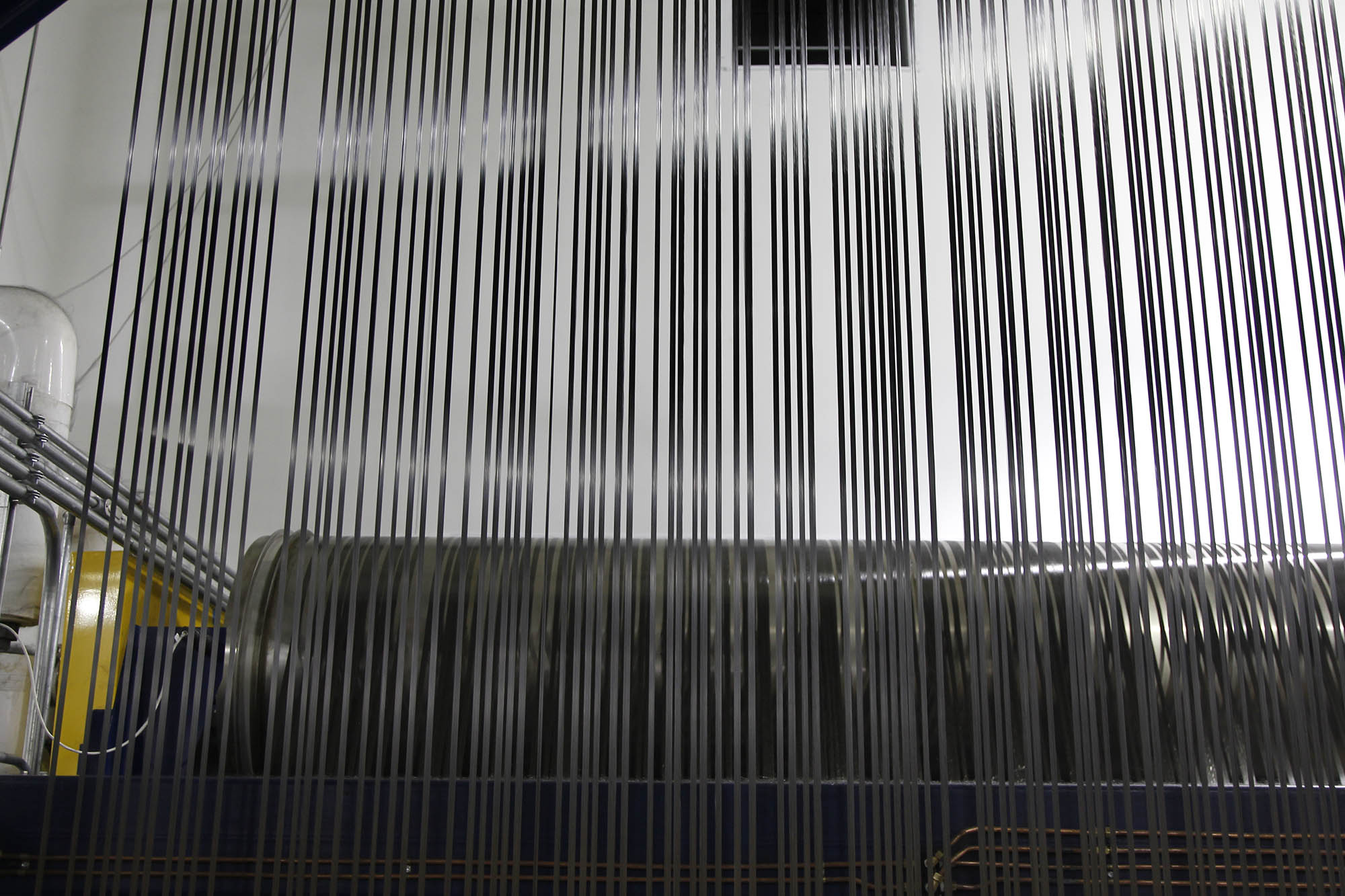 BMW
BMW
In the automotive space, the term carbon fiber generally refers to carbon-fiber-reinforced plastic/polymer, or CFRP. It's a composite that's strong and lightweight — though labor-intensive to make — and can take the place of steel or aluminum in various parts of a vehicle to reduce weight without compromising structural integrity.
Automakers use it on race cars and supercars, where such performance benefits can justify the increased material cost. But CFRP has also made its way into the mainstream, appearing in such locations as the bed of the current GMC Sierra 1500 pickupand the inner structure of the BMW iX EV.
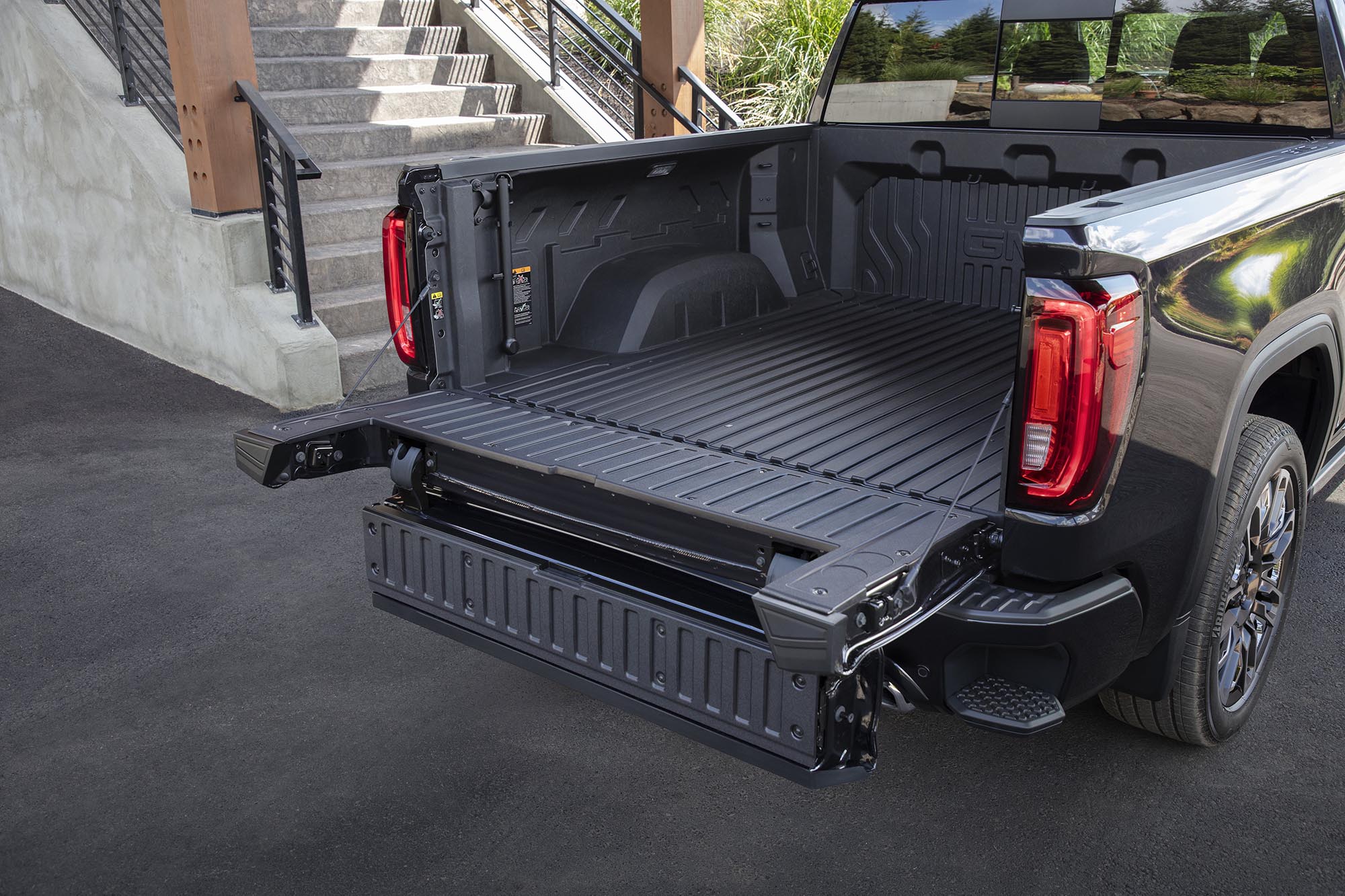 GMC
GMC
CFRP Is a Woven Product
To make carbon fiber, a series of machines imbue a resin (typically polyacrylonitrile) with various chemicals and spin the product into long fibers. These fibers pass through heated chambers or over hot rollers to thermally stabilize and oxidize the strands' molecules. Next, they move through a very hot furnace, one that's free of oxygen to prevent burning. The heat promotes extreme atomic vibration that expels most of the non-carbon atoms from the strands, leaving long crystalline chains of carbon atoms. Voilà! Carbon fiber.
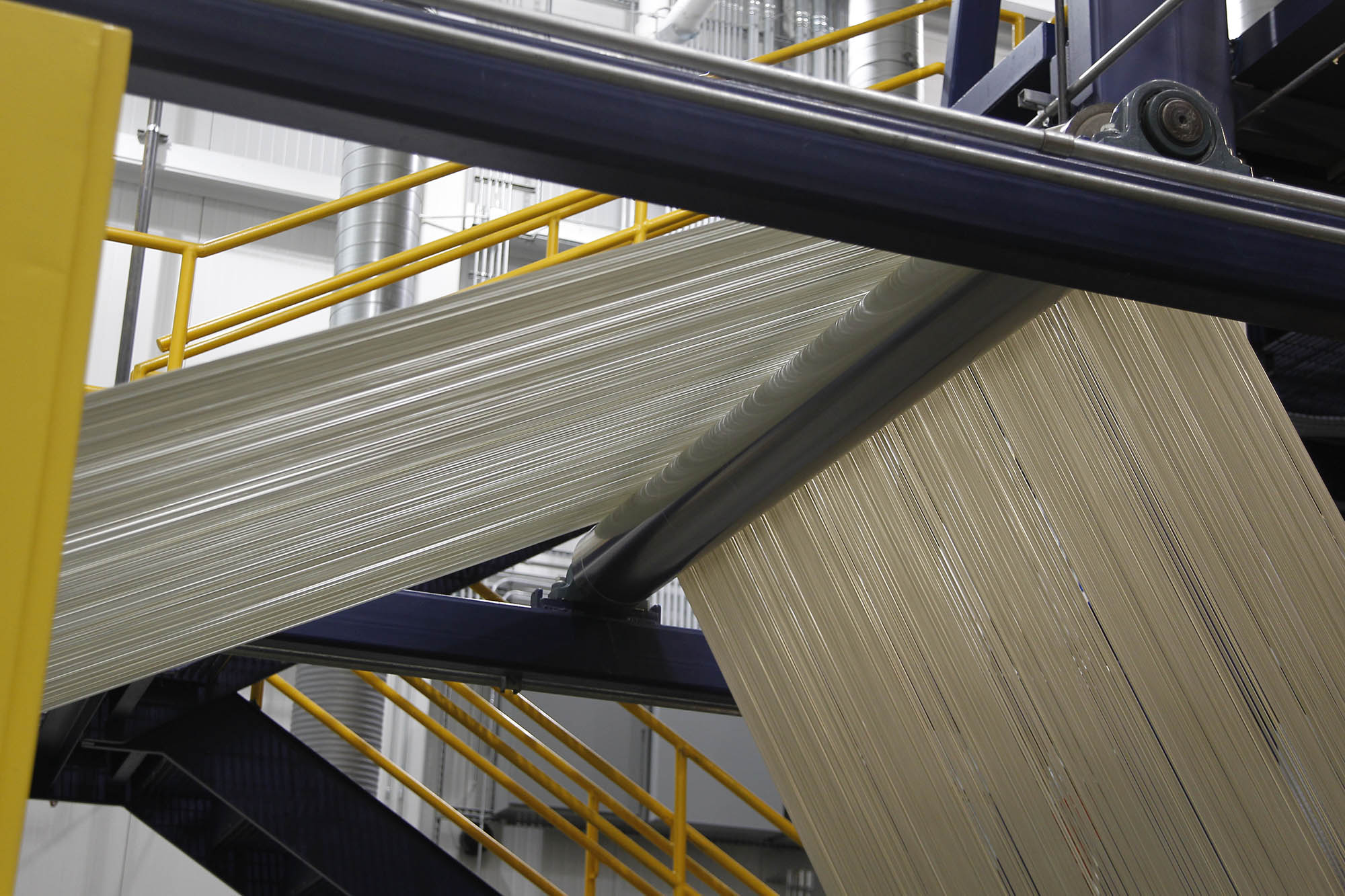 BMW
BMW
After a surface treatment, these fibers can be twisted together like yarn and woven into a fabric. Typically, automakers use an epoxy product to hold woven carbon fibers together, though the process for molding the fabric and applying the resin varies.
The composite then needs to cure. The preferred method for this is to heat it in an autoclave — a machine similar in basic function to a pressure cooker that allows manufacturers to apply high pressure and heat to composite materials — as that helps to crosslink the resin and anneal the product, which means making it less brittle. Depending on the application, CFRP parts may undergo further processing, such as receiving a protective clear coat.
 BMW
BMW
Carbon Fiber Is Strong but Not Unbreakable
A primary advantage of carbon fiber is its favorable weight-to-strength ratio. Reducing weight is critical for efficiency and performance, which is particularly relevant with EVs, where small reductions in weight can help offset the heft of the battery pack and increase range. What's more, CFRP won't rust.
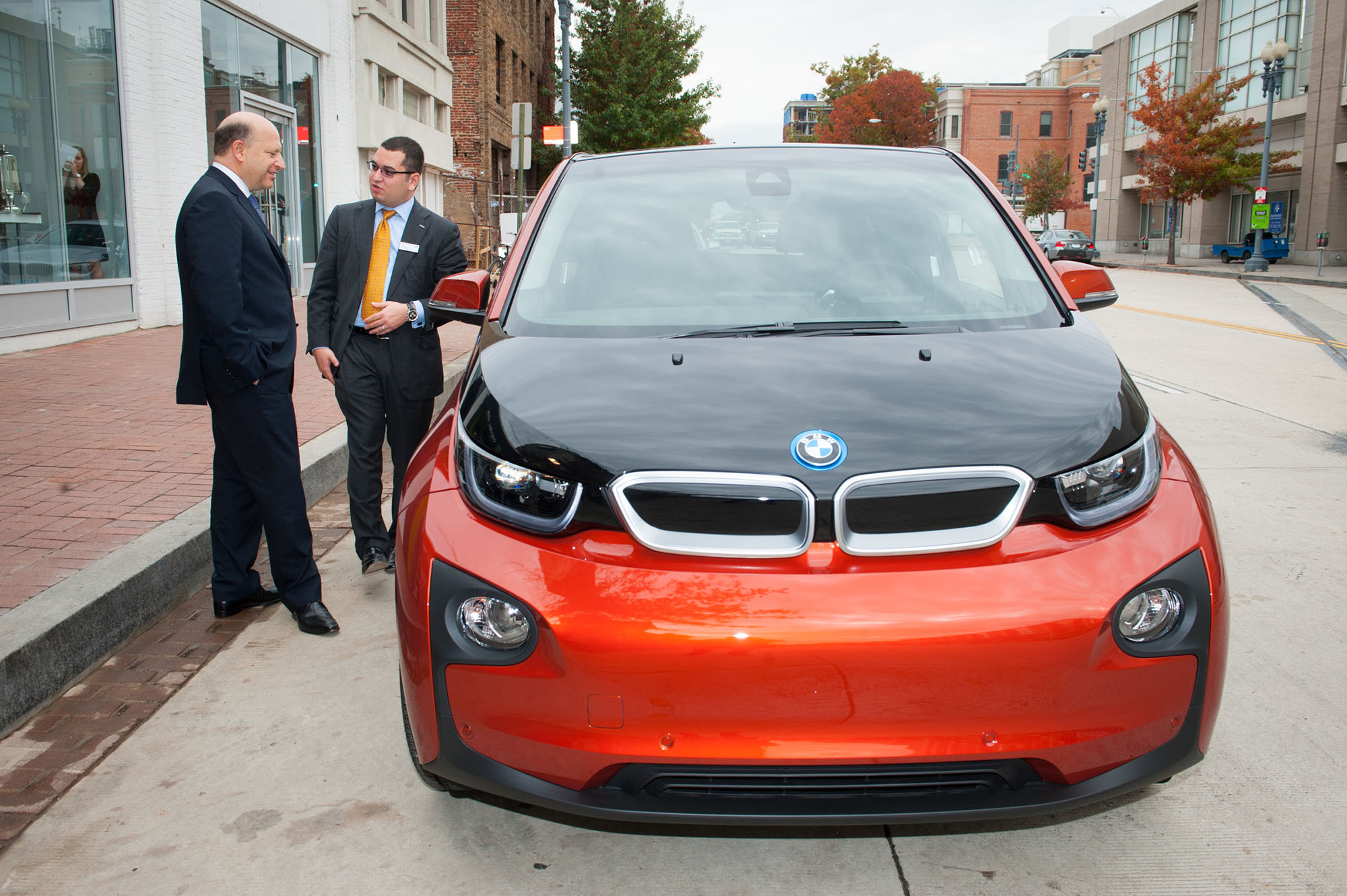 BMW
BMW
Carbon fiber also has high tensile strength, meaning it can withstand a lot of stress and load without breaking. Extensive testing has indicated that carbon fiber performs well in collisions. But unlike steel, which generally buckles and folds — like an accordion — to absorb crash forces, carbon fiber dissipates energy by cracking, delaminating, and ultimately fracturing.
Minor dents and dimples in carbon-fiber body panels cannot be bumped or massaged back into shape with traditional methods. There are ways to fix small imperfections with epoxy kits and a buffer, but repairing severely cracked or splintered panels typically requires the services of a professional or complete replacement.
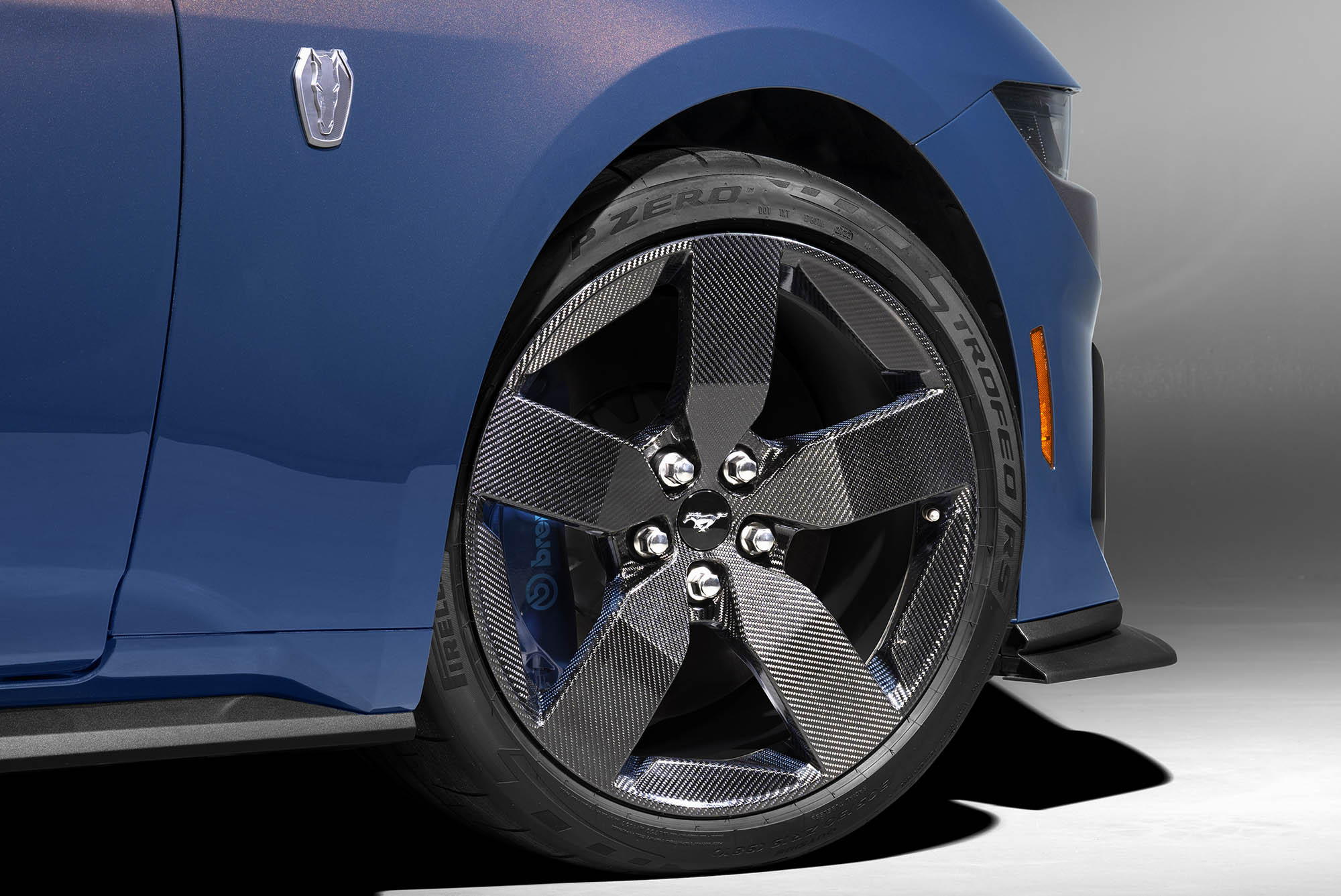 Ford
Ford
CFRP Saves Weight While Also Looking Good
To keep weight down, Lexus chose carbon fiber for the bodywork and much of the chassis of its 2012 LFA supercar, and the BMW i3 and i8 both used a carbon-fiber structure at one point. Similarly, the current BMW 7 Series and BMW iX EV enjoy a stiffer chassis structure and some weight savings thanks in part to substantial use of carbon fiber.
Not all applications of CFRP are hidden, however. These days, automakers like to expose the black weave on hoods, spoilers, roofs, and trunklids, not to mention interior trim. Carbon-fiber wheels, as seen on the 2024 Ford Mustang Dark Horse, are gaining traction in the performance sector, too.
Written by humans.
Edited by humans.
 Andrew Wendler
Andrew WendlerAndrew Wendler has spent decades wrenching on cars and then writing about them. A Rust Belt native and tireless promoter of the region, he once won a $5 bet by walking the entire length of the elevated People Mover track that encircles downtown Detroit.
Related articles
View more related articles